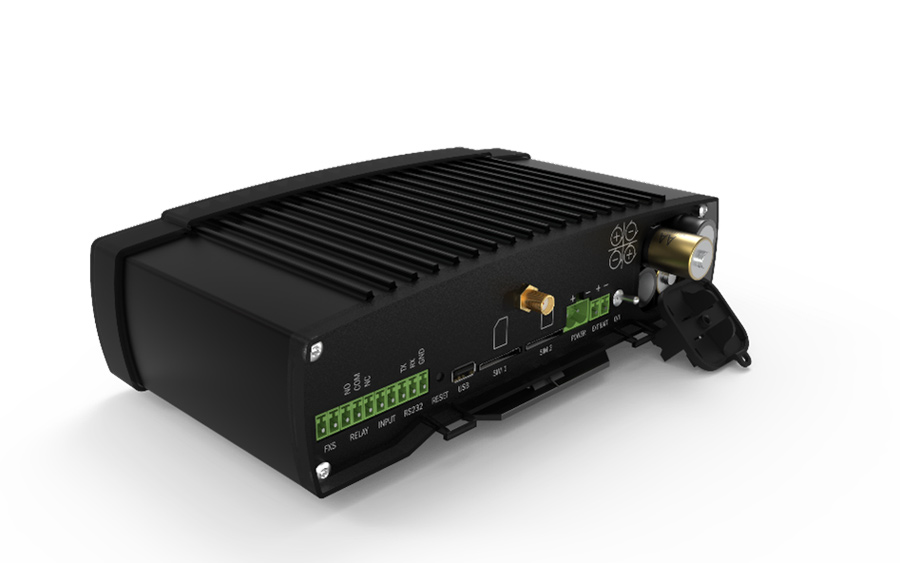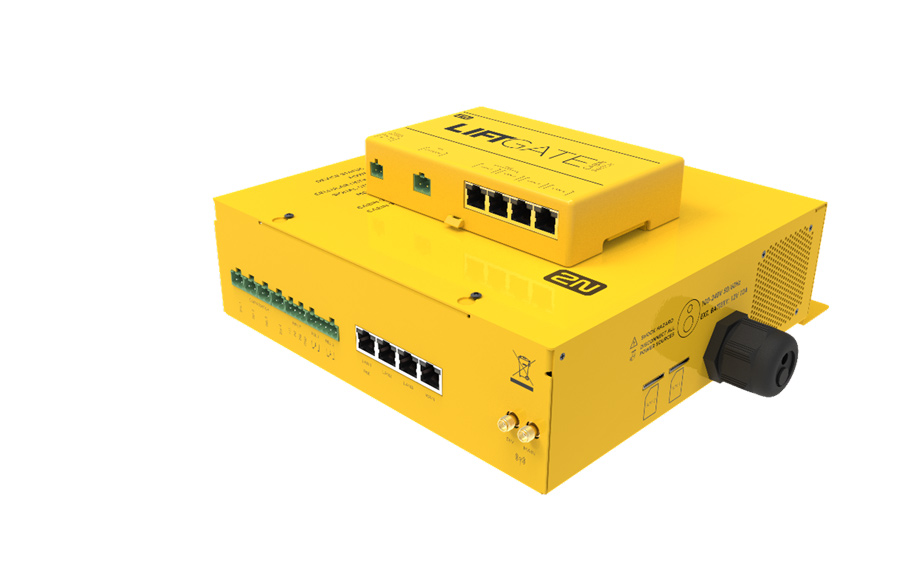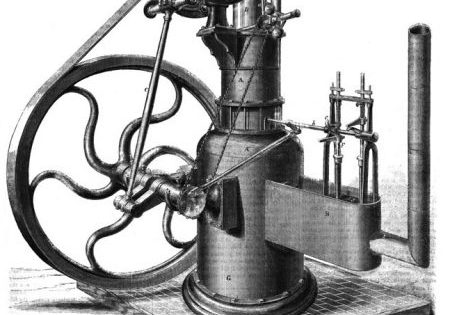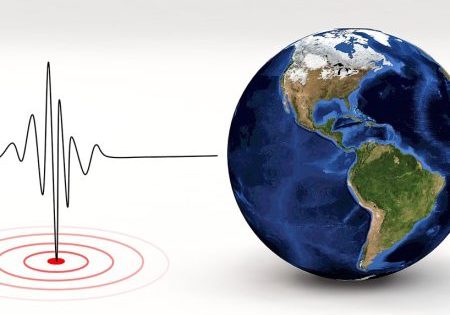The vertical-transportation sector is urged to get ready for changes.
submitted by 2N
Many reputable studies show the elevator industry is set to grow sharply over the next few years, thanks to both the new buildings that are constantly going up, as well as customers who will have to upgrade millions of lifts in response to new legal requirements, safety, comfort or technological changes.
Emergency Communication Required
Emergency communication in the elevator industry will face major challenges due to ongoing changes in telecommunication networks. For several years now, we have perceived the gradual termination of the public switched telephone network (PSTN). This system is difficult to maintain, does not provide any advanced functionality and represents service costs that are continuously increasing.
Another significant change taking place includes the termination of the 2G global system for mobile communications (GSM) and the 3G universal mobile telecommunications service (UMTS) networks, as well as their transition to the 4G cellular network, known as LTE. The timetable for the closure of GSM and UMTS mobile networks and legacy PSTN networks varies from region to region, but, in most countries, this will happen by the end of 2025. In addition, as operators are upgrading their networks, they are using different media gateways and the dual tone multi-frequency (DTMF) signal, which is essential for the proper functioning of lift communication, both for setup and identification during routine calls. As this is increasingly being distorted in most networks, DTMF is becoming unsupported, or at least not guaranteed, for service.

It has become obvious that migration to new technologies is needed, and if it is not carried out in time, the emergency communication from the lift will simply stop working.
Choosing the Future-Proof Solution
Technology, norms, regulatory compliance and customer requirements are constantly evolving and moving forward, so the new solution should be built on modern internet protocol (IP) technology that is flexible enough to allow for various changes and add-ons in the future. Users should never want to buy a solution that must be replaced within a few years. It is important to consider two basic scenarios in which the transition or deployment of new technology for elevator communication will be required. The first is existing buildings with old elevators that have been in operation for many years. The second type is new units in which the owner will have flexibility in choosing a total solution.
Below is a guide for selecting the most suitable solution for both variants to ensure functional and absolutely reliable communication in customers’ elevators — a solution that is fully compliant with all standards.
Retrofit: How To Modernize Operating Elevators
This is probably the most common scenario you have already encountered or will come across in the near future: an elevator in an old building with communicators connected directly to the PSTN line. Some elevators are already a step further, in that although they still have analogue communicators in the car, emergency communications with a central security desk are not via the analogue PSTN, but rather, use more modern mobile gateways. Even here, however, you will very often run into a problem, as most of these gateways will support 2G (GSM) or 3G (UMTS) calls. And, like the PSTN network, these will be discontinued in the near future.

Therefore, the only proper and future-proof solution is to switch to a 4G-enabled gateway, which will fully comply with elevator norms. Moreover, if the system considers the problem of DTMF distortion, it is necessary to choose a gateway that supports voice over internet protocol (VoIP) for voice, data and reliable DTMF transmission. It is the main difference and advantage compared to voice over long-term evolution (VoLTE) technology, which does not guarantee reliable DTMF transmission on its own.
The 2N® EasyGate IP specifically offers the right gateway that helps elevator owners/operators turn analogue communicators into a VoIP-enabled device without making a single change to hardware in the car. Just two conductors in the traveling cable are enough to connect the analogue dialer to the FXS port of this GSM/UMTS/VoLTE/LTE gateway that is typically installed in the machine room or in the shaft. The emergency call will then be made via one of the two SIM cards. The primary SIM can be, for example, from one local mobile operator while the secondary SIM is from a different one. Thanks to the intelligent mechanism of network selection based on signal strength and connection quality, the 2N EasyGate IP is able to decide which SIM card should be used to route the outgoing call.
But uniqueness and the true advantage of this new generation gateway lies in the way it processes calls and transfers elevator protocols (like P100). The source managed to convert whole communication to VoIP, thus avoiding distortion of DTMF during inside telecommunication networks. This is essential for the correct and reliable operation of the elevator, and it can hardly be achieved in a different way, such as through VoLTE. You can see a brief comparison of these two methods in the following table.
|
VoLTE |
VoIP via 4G |
Voice transfer |
yes |
yes |
DTMF |
problematic |
yes |
Signaling info |
separate channel |
together with voice |
Configuration complexity |
carrier specific |
universal |
The system’s mechanical properties present another way elevator operators can realize use with this product. A sturdy cover, operating temperature of up to 85°C and IP43 protection against sprayed water guarantees that the properties can be easily and safely installed it in any elevator shaft. The 2N EasyGate IP works in case of a power outage through its backup battery that can keep it running for several hours. The gateway thus complies with the latest elevator norms, and users in the lift can call for help at any time.
New Builds: IP Solution Using Only Two Conductors
The world is in a time when new buildings are under construction all around, whether they are commercial or large residential structures. Regardless, they all have one thing in common: the need to be smart and connected. This means the deployment of modern technologies, remote 24/7 monitoring, data collection and analysis, and unified applications to control lights, doors, heating and more. All these factors connect in one crucial place in the building: an elevator, a place that has become far more than simply a means of moving people quickly and safely between floors. Elevators are inherent parts of the security system, and they are integral parts of the flow of people through the building. They need to cooperate seamlessly with the rest of the smart building’s ecosystem.
However, this was a challenge for technicians for a long time: How do they get the IP connectivity to the cabin? The user should not only consider reliable emergency communication, but also video surveillance, public address or access control systems. Most companies still don’t want to run structured cabling through the shaft, along or within the traveling cable, whether because of cost, space, or the limit in distance, which is less than 100 m. However, there is already a product on the market that addresses these limits.
Using smart tech, such as 2N LiftGate, the elevator operator doesn’t have to invest in special elevator infrastructure. With just two conductors in the traveling cable, the user will get the IP connectivity right to the elevator car. Furthermore, this system significantly increases the operators’ efficiency, saves time and money, reduces possible downtimes and ensures higher safety and convenience for passengers.
2N LiftGate is a unique IoT gateway that combines the functions of an LTE router, a backup power supply, a converter (two-wire to IP) and a switch, all in one unit. This means the operator will have to install only one device, instead of four. The main unit of 2N® LiftGate is the LTE router, typically sitting in the shaft or machine room. A single SIM card then provides the operator with both call and data connectivity, for example, for an IP controller or access control system. A WAN port or a second SIM is a backup option, and the selection of the most appropriate interface for outgoing calls may be dynamic, depending on the available connections. The main unit also includes integrated uninterrupted power supply (UPS) for hours of off-grid operation.
The cabin switch of 2N LiftGate utilizes one pair in the traveling cable to get data and power from the main unit. For critical devices in the cabin, such as in an emergency communicator, the system will operate off 2N LiftIP and typically include a camera or access control device through which the operator can use two ports with power over Ethernet (PoE). One of the main advantages of the emergency IP communicator is the possibility of connecting the emergency call directly to the video from the elevator car. The operator can hear and see live what is happening in the elevator car and can immediately react accordingly.
For non-critical IoT devices, such as an access control reader or an advertising panel with remotely customisable content, the user can rest two ports without PoE, powering them from the cabin’s power supply. The “icing on the cake” is the power outlet for emergency lights within elevator cars.


Users Can Handle Requests Remotely
Elevator companies probably have hundreds, thousands or even more elevators under service contracts. Company officials should know if their devices are up and running, or if there are any potential or existing issues. Thanks to IP technology, times when operators must deal without tools, or have had to check each device individually, are now over. This also covers situations that require personal visits and on-site interventions, which are very costly in today’s situations.
Officials at 2N went a step further, developing a cloud-based solution known as 2N Elevator Center. This allows elevator companies to manage 2N EasyGate IP, 2N LiftGate and 2N LiftIP centrally and remotely from one place. The manufacturer’s goal was to limit the necessary IP knowhow of the installer, as well as minimize installation time. During installation, the technician simply plugs in the device, connects to the portal in just a few seconds and can start configuration automatically. Once it keeps connection to all managed devices, the 2N Elevator Center knows all operational parameters, like battery status, network registration or consumed data, and refreshes them on a regular basis. It also allows the operator to access the connected devices remotely and easily change some parameters and maintain the device. This system can also monitor elevator failure by one or two inputs.
What It All Means
A period of change in emergency communication in elevators is coming without discussion. But, in this article we’ve shown elevator owners and operators that, in choosing the right products to ensure a smooth transition to new technology, they don’t have to worry about these changes. They are able to upgrade the job easier by keeping all newly installed equipment under remote control, receiving regular reports, eliminating unnecessary trips by service technicians and reducing costs.
Also read: Compliance with the 2017 NEC for Elevator Controllers
Get more of Elevator World. Sign up for our free e-newsletter.










